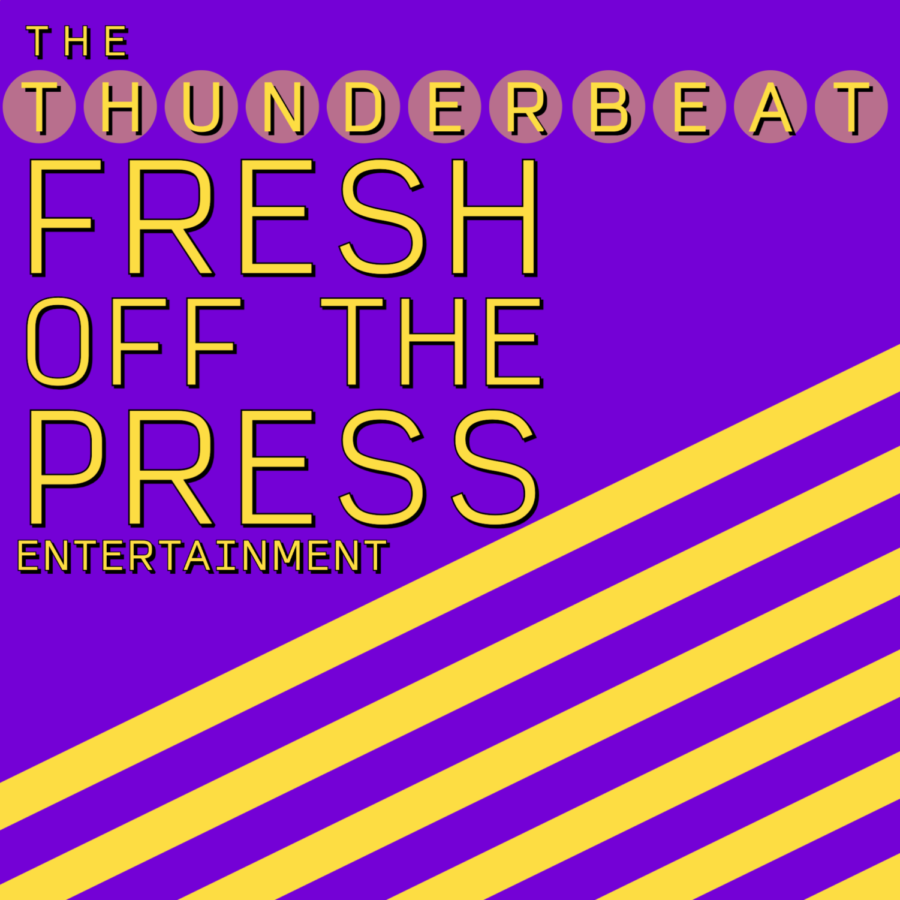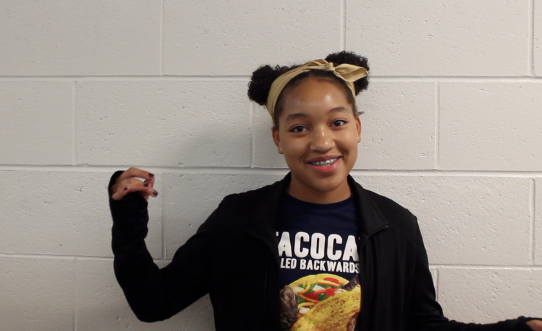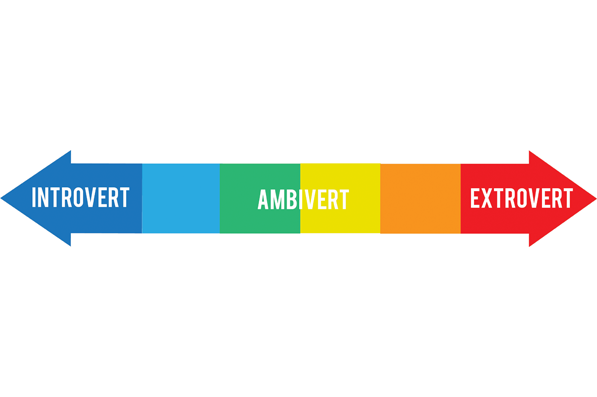Early March will see the annual return of the Oscar Academy Awards show, recognizing films that critics have deemed worthy of various categorized accolades such as Best Editing, Best Actor/Actress and Best Picture. While we must take caution when placing all of our faith in these awards due the large number of films “snubbed” (not recognized, yet still deserving in the general public’s eyes), many of the winners of various awards are still regarded as essential classics. Therefore, the classics I’ll be discussing for the next eight weeks will be winners of various Academy Awards throughout decades past.
1939 was a good year for movies. American audiences saw the release of several films that went down in history: “The Wizard of Oz,” “Stagecoach” and “Mr. Smith Goes to Washington” to name a few. The film, though, that claimed the most awards at the Oscar ceremony for that year was MGM’s film adaptation of Margaret Mitchell’s novel “Gone with the Wind.” The film received 13 nominations and took home eight of the awards.
The film is cited quite often by numerous film critics and organizations (such as the American Film Institute, who ranked the film sixth highest on their “100 Years… 100 Movies” list) as one of the greatest films of all time, and I couldn’t agree more. The movie’s got it all: it’s an epic, sprawling tale of emotion and hardship that’s set in what was one of this country’s more interesting historical moments, the Civil War. The film begins from the start of the war in 1861 and spans into the post-war days of Reconstruction. The movie explores many of the difficulties the South during that period.
The story’s very easy to get into. It may seem like the Civil War has been exploited a lot in movies (and yes, it has: I’m talking to you, “Abraham Lincoln: Vampire Hunter”), but this film is arguably what kicked it all off. “Gone with the Wind” still managed to be more entertaining than many of the films we go to theaters to see today.
Max Steiner’s musical score of the film was nominated for the Award for Best Music (Original Score) and is one of my favorite film scores. Steiner’s wistful, but nonetheless beautiful, score calls to mind the film’s similarly beautiful shots and scenes.
My favorite aspect of this gem of a film, however, is the wonderful editing and cinematography (“Gone with the Wind” took home wins for both categories). There are some excellent shots used all throughout the movie, and the variety, creativity and realism of the sets stay fresh in my mind even as I write this. The scene that stays the freshest in my mind is one that involves hundreds of Confederate soldiers injured in a field, laying in rows. The camera pans across the soldiers, then the Confederate flag slides into view as if to convey the loss of morale that the South had at that point. “Gone with the Wind” is truly one of the most visually stunning movies I’ve seen, especially out of that mostly black-and-white era of film.
There’s one final thing I must add about the movie, a tiny drawback that I feel is important for most to know: it’s nearly four hours long. So next time you’re looking at a sick day stuck in bed, a snow day trapped in your house or any normal night where you have a bowl of popcorn and four hours handy, consider watching this masterpiece. It’s worth every gorgeous, well-scored second.
Mike Sullivan
Reporter and Movie Madness Blogger














